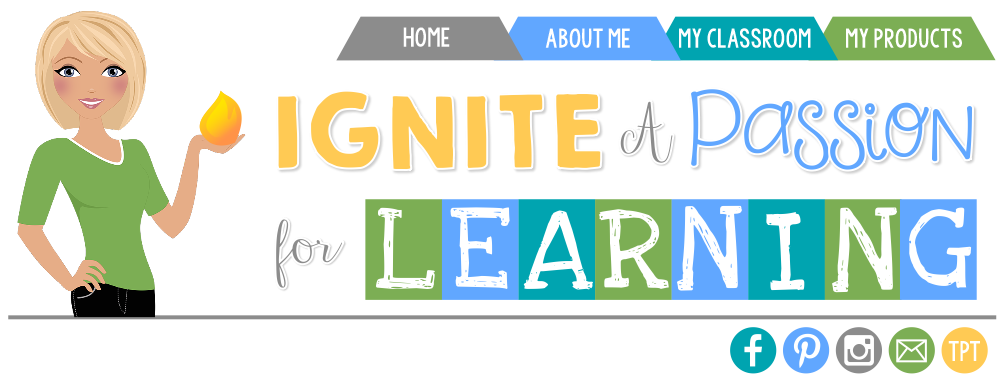All year long we have been working on Reciprocal Teaching's comprehension strategies in my class. We directly teach the strategies. We model them. We provide opportunities to apply them. The goal is for our students to use these strategies independently when they are reading. We teach and model them explicitly so that eventually it (hopefully) becomes second nature to the students.
I think sometimes, it can be easy to neglect the need for these tasks to be authentic for the students. I strive to provide these opportunities consistently to my students. I don't think there ever could be enough.
As the school year is coming to a close, I wanted to choose a theme that would make us think of summer vacation. Throughout the year, when I ask individual students what they enjoy reading about or what they would like to learn more about, so many answer with sharks. I think Shark Week has done wonders with their fascination. So, sharks it is!
I came prepared with a bag full of nonfiction books (to start) about sharks. We began with the trusted KWL chart. Yes, it's been around forever. Yes, if used incorrectly, it might not do much to improve student comprehension. But I still find it to be a powerful tool in my classroom.
We started by charting a list of things we THINK we know about sharks. (Darn, I forgot to take a picture of that slide.)
And naturally through our discussion, students started to ask questions. Then I reminded them that they are doing great things when they are asking questions. Good readers ask questions before reading (and during and after as well). Then they get all proud of themselves, and come up with LOTS of questions. I jotted some of them down.
Then we talked about what types of books will help us find the answer. Fiction or Nonfiction. We discussed the author's purpose for both. We reviewed the nonfiction text features.
We came back together as a whole group to share some of the words that needed clarification. Without me even prompting them, students started looking in their glossaries or finding the sentence in the book to help give us some context clues. We discussed the importance of knowing when we don't understand something (metacognition).
We also shared some of the important facts they found when summarizing during their reading.
Could all of this have been done with a selection from our language arts series or a Scholastic News article? Absolutely. There is nothing wrong with either of those. However, I do think the fact that they were reading on a topic of their choice in a book of their choice makes it much more of an authentic learning experience for them. And in my experience authentic=engaging=learning.
I'm working on plans to carry this over into our last week of school. Maybe a beach theme on the last day? I already checked out some fiction books that have a shark as a main character. We will see what the Dollar Store and Amazon Prime can offer-hoping for some deals on an inflatable pool, beach towels & maybe some rafts for cozy reading spots. Stay tuned!











No comments:
Post a Comment